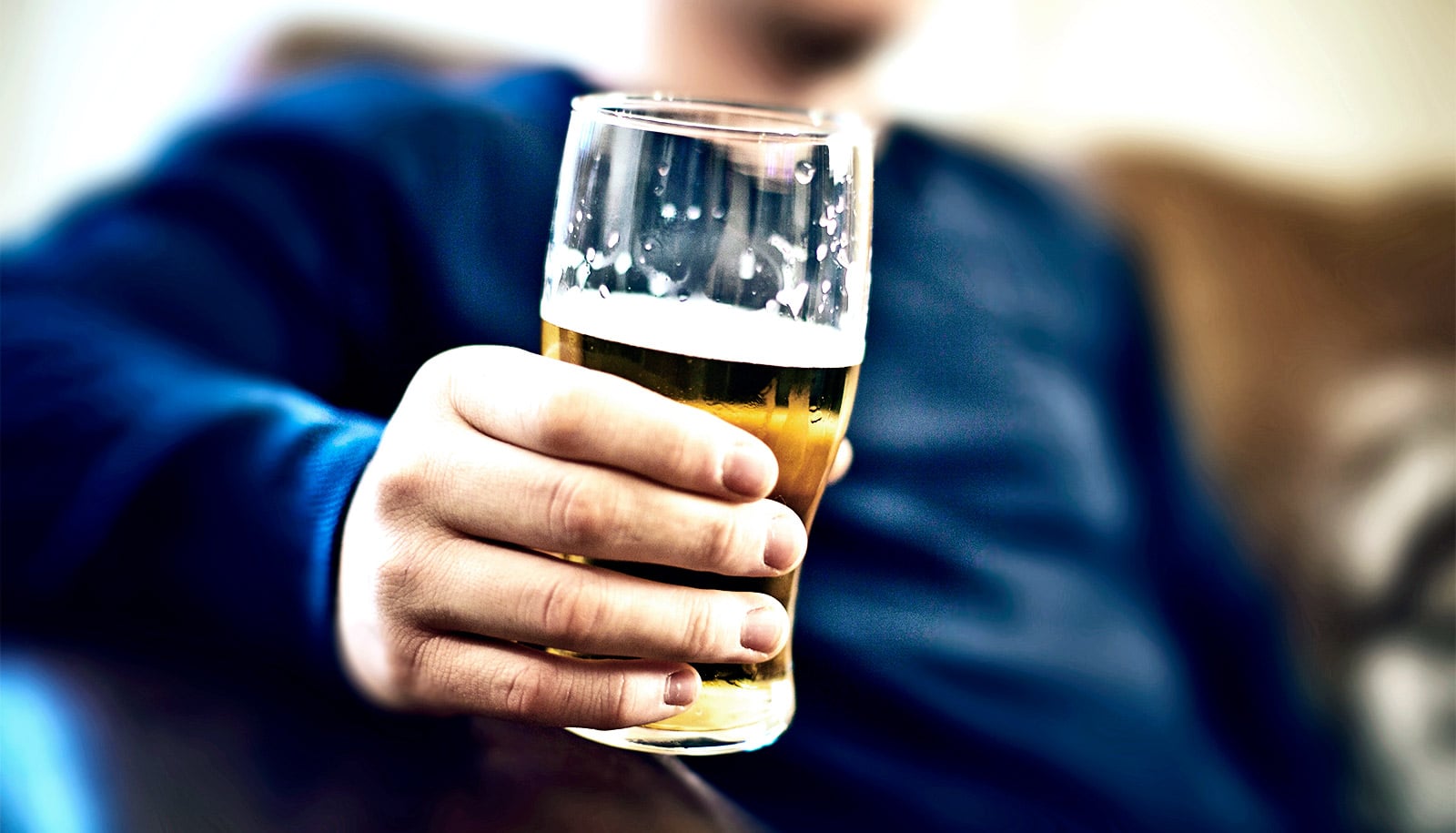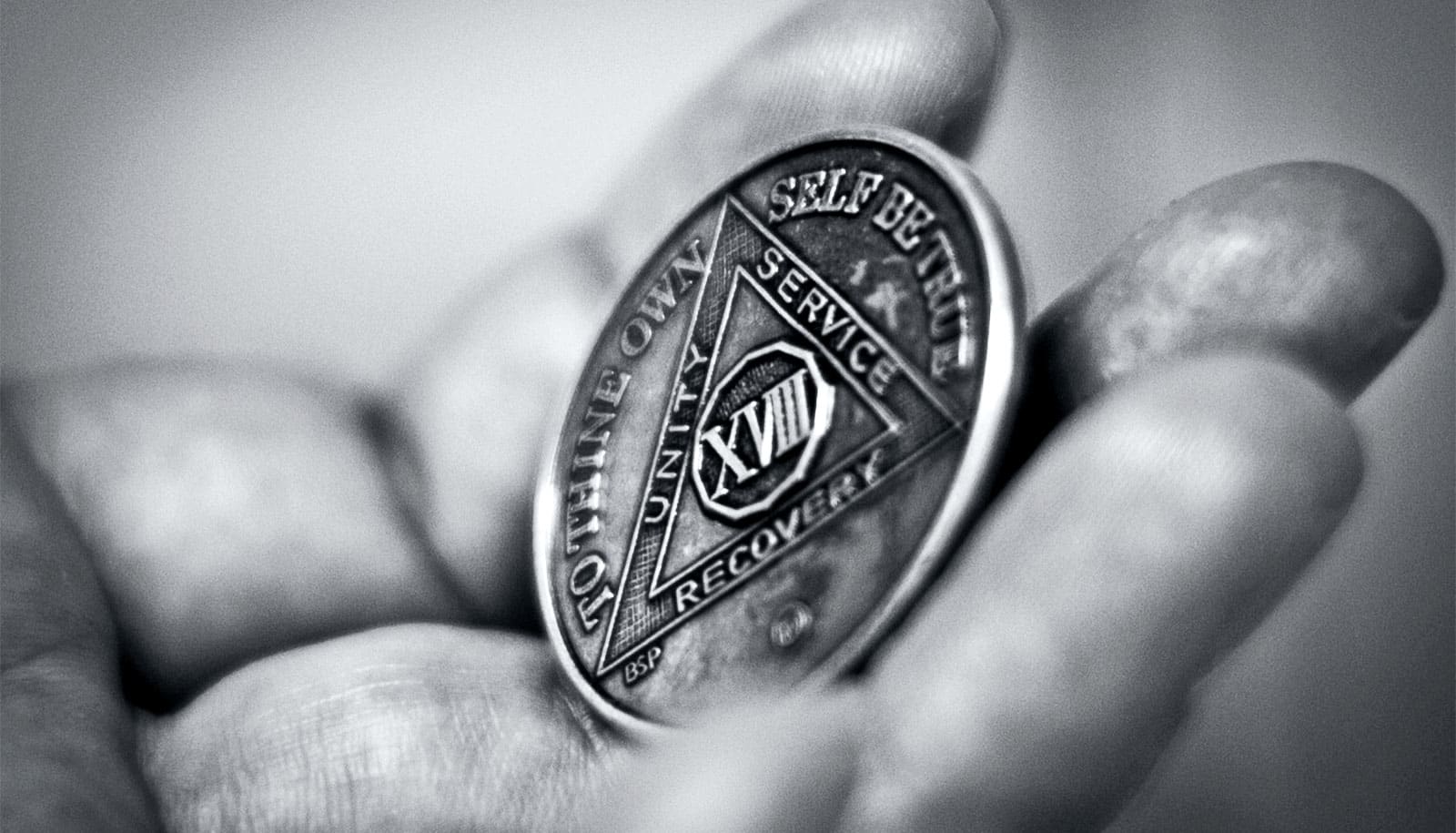Researchers have identified six strategies that recovering alcoholics use to negotiate social situations and remain sober, depending on how they feel about stigmas associated with drinking and alcoholism.
“There is a stigma in the United States associated with not drinking socially,” says Lynsey Romo, an associate professor of communication at North Carolina State University and corresponding author of the study in Health Communication.
“There is also a stigma associated with problem drinking. We did this study because we wanted to understand how people negotiate this double-stigma socially in order to stay sober.
“There really is no clear guidance for people in recovery on how to deal with stigmas associated with drinking and alcohol abuse, and a lot of people in recovery grapple with shame and other issues associated with these stigmas. We’re optimistic that outlining these strategies can serve as something of a tool kit for helping people in recovery navigate these issues.”
For the study, researchers conducted in-depth interviews with 22 US adults who have been sober for at least 10 years. The researchers identified six strategies for managing stigma. Specifically, the researchers found that the strategies study participants chose depended both on whether they believed there was a societal stigma against alcoholism and whether they felt such a stigma applied to them.
In other words, did they feel society was judging them? And did they feel ashamed about being alcoholics, even though they were in recovery?
The six strategies are:
1. Accept the stigma: In this strategy, participants felt there was a societal stigma and that it applied to them, essentially incorporating the stigma into their identity. Coping behaviors here might include using self-deprecating humor about the subject.
2. Evade responsibility for the stigma: This strategy involved participants accepting that the stigma applied to them, but minimizing their personal responsibility. That means, for example, blaming it on hereditary factors or other factors beyond their control.
3. Reduce offensiveness of stigma: This involved accepting that a stigma applied to them, but focusing on the value and importance of recovery, as well as how they have changed for the better since entering recovery.
4. Avoid the stigma: In this strategy, participants accepted that the public stigmatizes alcoholism, but did not think the stigma applied to them. This distances the individual from the stigma because they don’t identify with the label of alcoholism.
5. Deny the stigma: This strategy challenges both the public understanding of stigma and whether it applies to them. Essentially, participants utilizing this strategy believe that nobody is perfect and other people don’t have the right to judge them. They also focus on the fact that they’re in recovery, which is an accomplishment in itself.
6. Ignore/display the stigma: This strategy also challenges both the public understanding of stigma and whether it applies to them. Participants using this strategy are open about their experiences and engage in advocacy to educate others and combat stereotypes about alcoholism and recovery.
This study is part of a larger body of work that makes clear alcoholism is still stigmatized in society. And other research suggests that the more people buy into these stigmas, the more likely they are to struggle with relapses.
“We think our study is important because understanding and outlining these strategies for managing stigmas can help recovering alcoholics identify techniques for maintaining their sobriety and moving forward with their recovery,” Romo says.
“It also important to note that the way recovering alcoholics view themselves and the stigmas related to drinking and alcoholism are not fixed—they will shift over time as people go through the process of recovery. That means that the strategies are also not fixed. In fact, people often adopt more than one strategy at a time.”
Source: NC State



